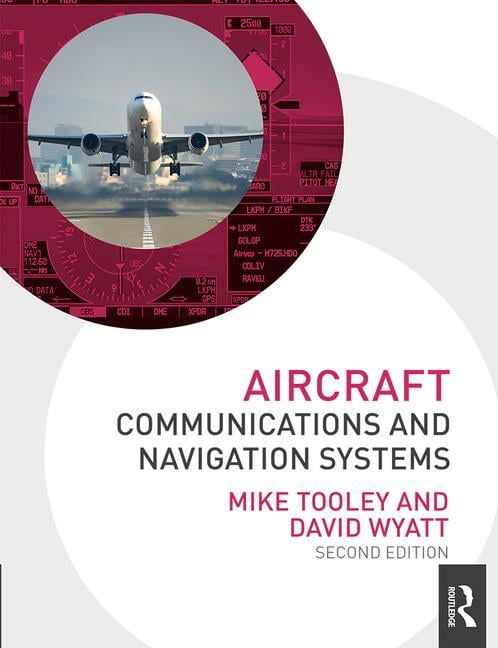

Until its dissolution in 1991, Pan Am "epitomized the luxury and glamour of intercontinental travel", and it remains a cultural icon of the 20th century, identified by its blue globe logo ("The Blue Meatball"), the use of the word " Clipper" in its aircraft names and call signs, and the white uniform caps of its pilots.įounded in 1927 by two former U.S. It was the first airline to fly worldwide and pioneered numerous innovations of the modern airline industry, such as jet aircraft, jumbo jets, and computerized reservation systems. Oct.Pan American World Airways, originally founded as Pan American Airways and commonly known as Pan Am, was an American airline that was the principal and largest international air carrier and unofficial overseas flag carrier of the United States for much of the 20th century.
AIR NAVIGATION AND METEOROLOGY 2TH ED 1928 TV
July 2, 1928: America's First TV Station Goes on the Air.July 2, 1937: Earhart Vanishes Over the Pacific.5, 1931: First Nonstop Trans-Pacific Flight Ends in Cloud of Dust May 21, 1927: Lucky Lindy Flies His Way Into the Celebrity Ranks.The text on the side of the aircraft lists the long-distance flights it has made. *Photo: Australian aviator Charles Ulm poses in front of his Avro X VH-UXX, the Faith in Australia, in 1934. And just last year, Qantas Airlines named one of its massive Airbus A380 jetliners in honor of Ulm. Sydney's largest airport is officially known as Kingsford-Smith International. He, too, was never heard from again.Īustralia hasn't forgotten its beloved aviators and pioneers. One year later, Kingsford-Smith got caught in a monsoon over the Bay of Bengal during a flight from London to Sydney, Australia. Ulm's twin-engine Airspeed Envoy, the Stella Australis, vanished in 1934 en route from California to Hawaii. Four years later, he flew from Brisbane to Oakland, becoming the first person to fly from Australia to the United States over the Pacific.īut their love of flying proved to be their ultimate undoing. In 1930, Kingsford-Smith broke a speed record flying the 8,400-mile run from London to Darwin, Australia, in nine days, 22 hours and 15 minutes. Life was good.īut the two men didn't stop there. The investor who financed the trip wrote to say Kingsford-Smith and Ulm could keep the Southern Cross. Roughly 300,000 people greeted the crew when it arrived in Sydney, and President Calvin Coolidge sent a congratulatory telegram. The Southern Cross touched down on June 9, after more than 83 hours of flight time. The weather was so dire, Later, Kingsford-Smith later admitted, the crew spent part of the journey flying just above the waves, wondering all the while if they were going to make it.īut the crew made it to Fiji, and continued on through dangerous squalls for its final 1,800 mile leg to Brisbane. The second leg, a 3,200-mile flight to Fiji, was tougher still.Īfter crossing the equator, the Southern Cross flew into severe headwinds and terrible storms that tossed the plane violently and strained its engines. But 27½ hours after leaving California, the Southern Cross touched down 2,400 miles away in Hawaii. As if that weren’t enough, the crew struggled against heavy cloud cover. It's an imprecise method of estimating current location by tracking movement since the last known location. The plane lost its directional beam about 300 miles into the trip, forcing Lyon to navigate the next 2,000 miles by dead reckoning. The first takeoff attempt was aborted when Ulm’s clothing caught on a switch in the cockpit, accidentally shutting down an engine.



 0 kommentar(er)
0 kommentar(er)
